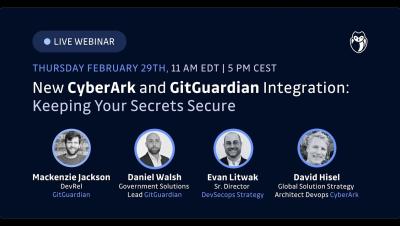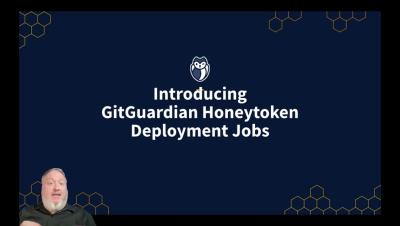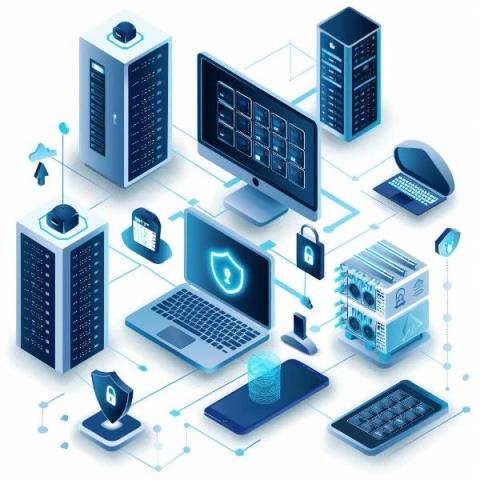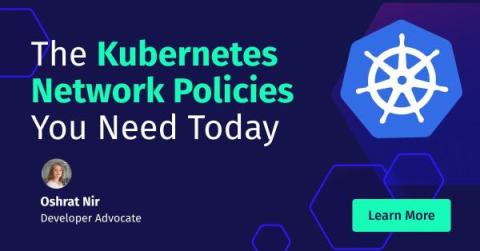New Cyberark and GitGuardian Integration: Keeping Your Secrets Secure
Explore the industry-first solution designed to empower security and development teams in securing secrets across multi-cloud, DevOps, and containerized environments. Discover innovative use cases, from detecting public GitHub leaks to enforcing secret management policies. Don't miss this opportunity to delve into the future of secrets security with our very own Mackenzie Jackson from GitGuardian and special guests Evan Litwak and David Hisel from CyberArk. Save your spot now for an engaging conversation redefining your approach to secret protection in software development.











